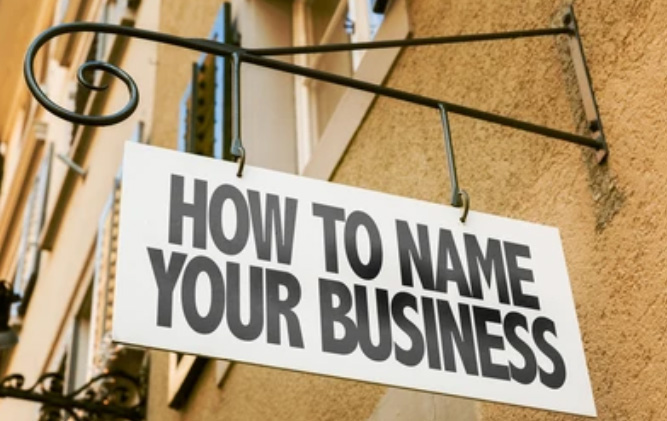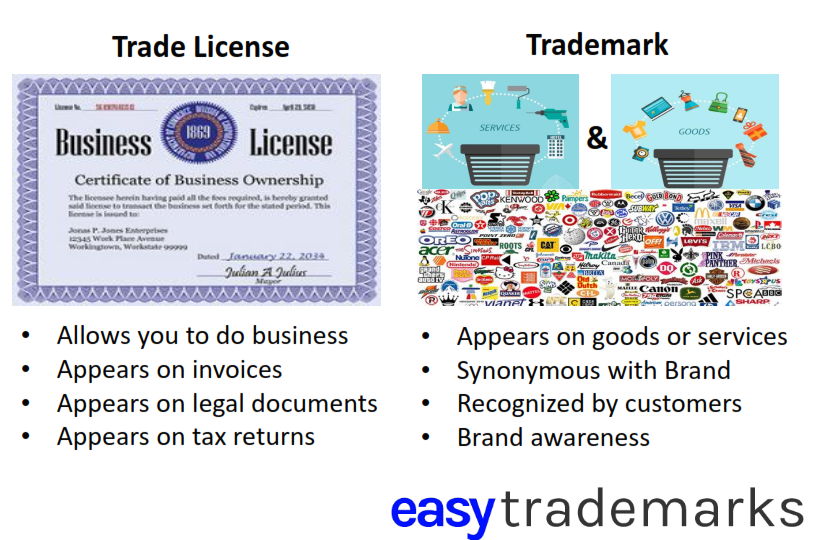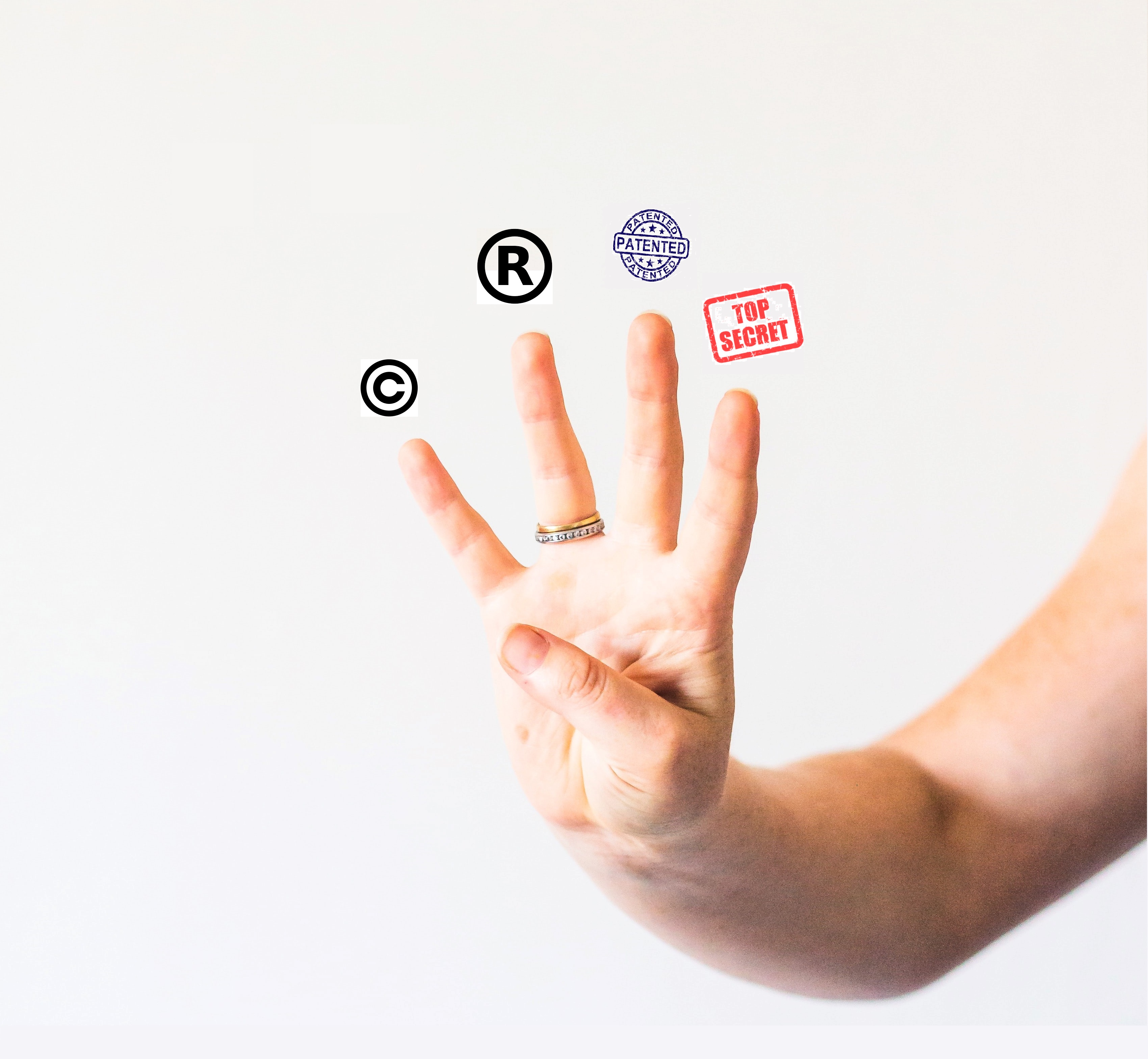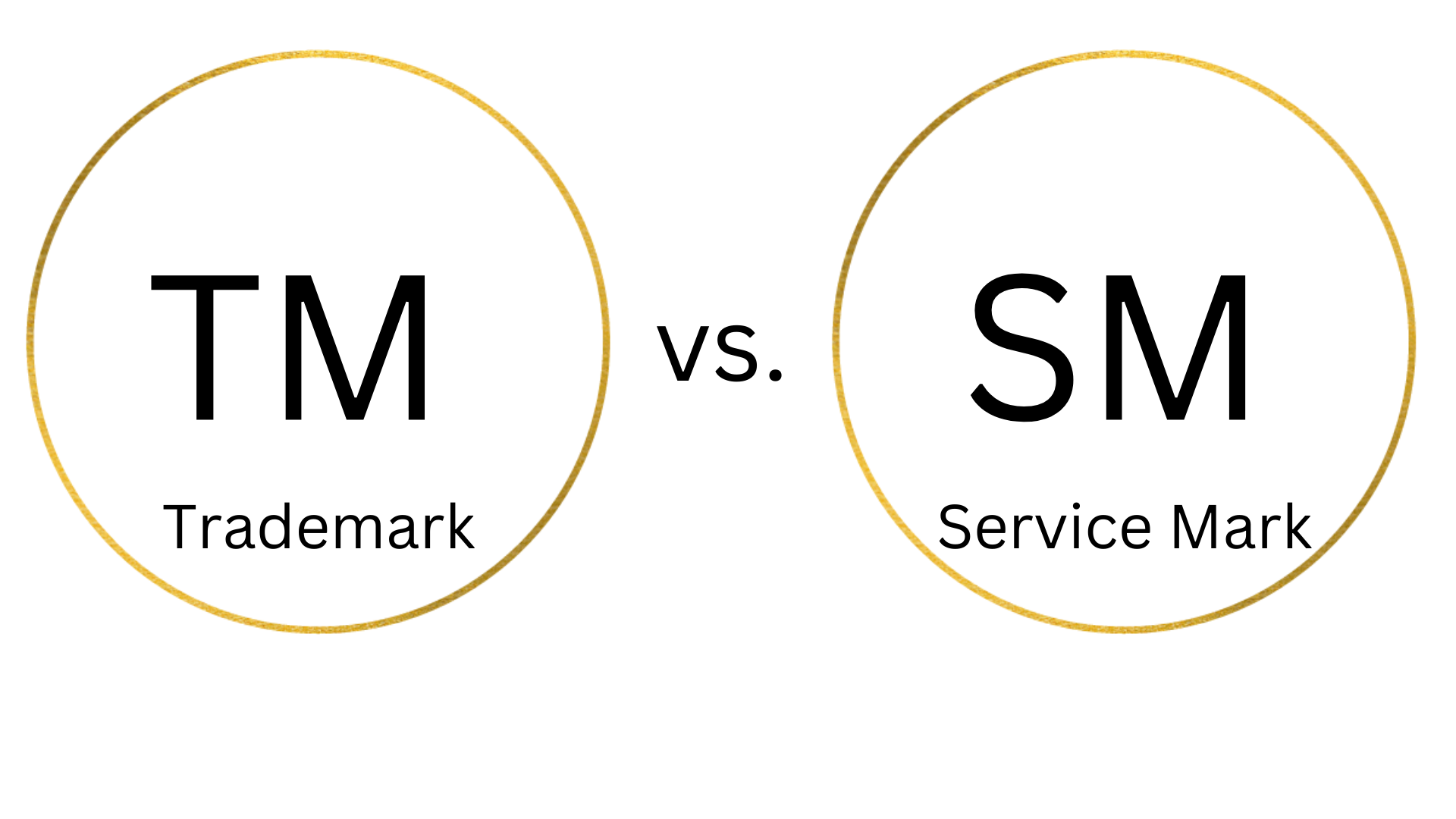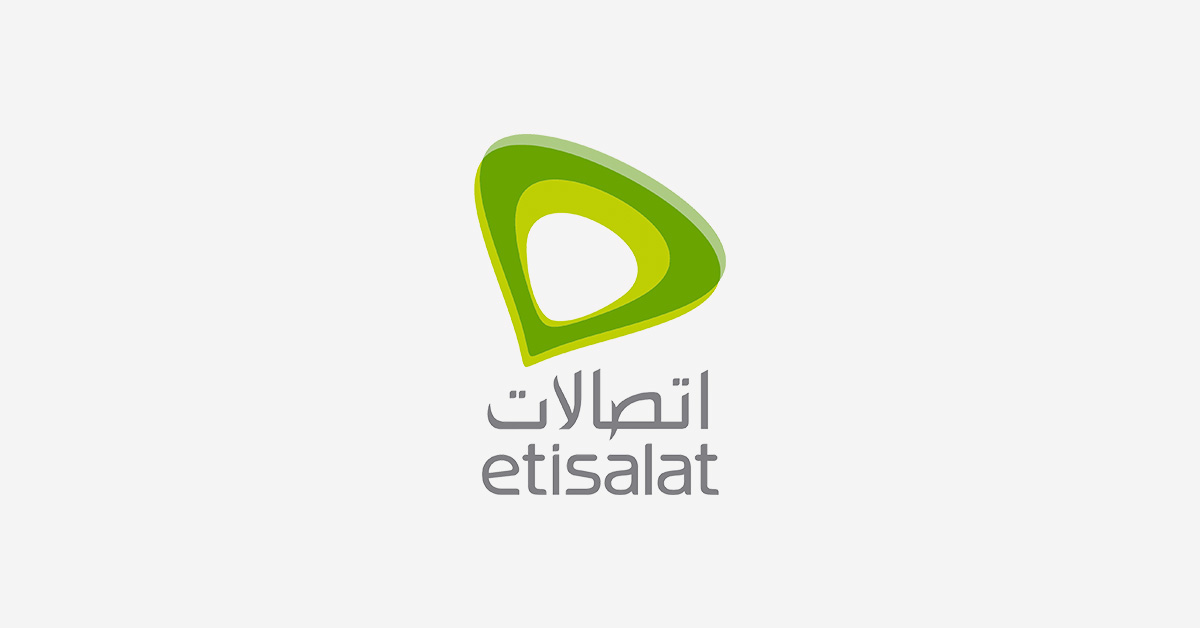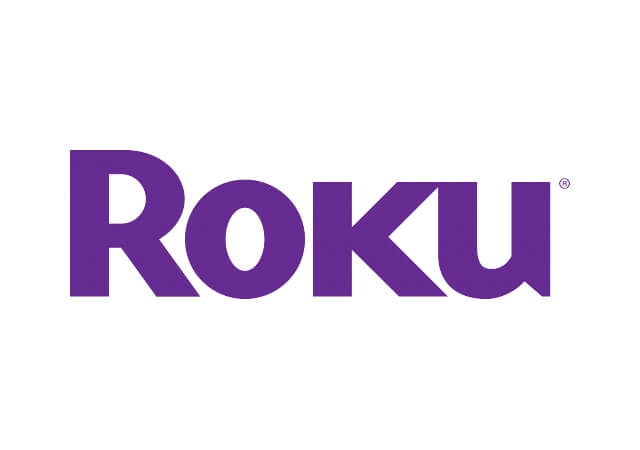Understanding Document Legalization for International Trademark Protection
23-05-10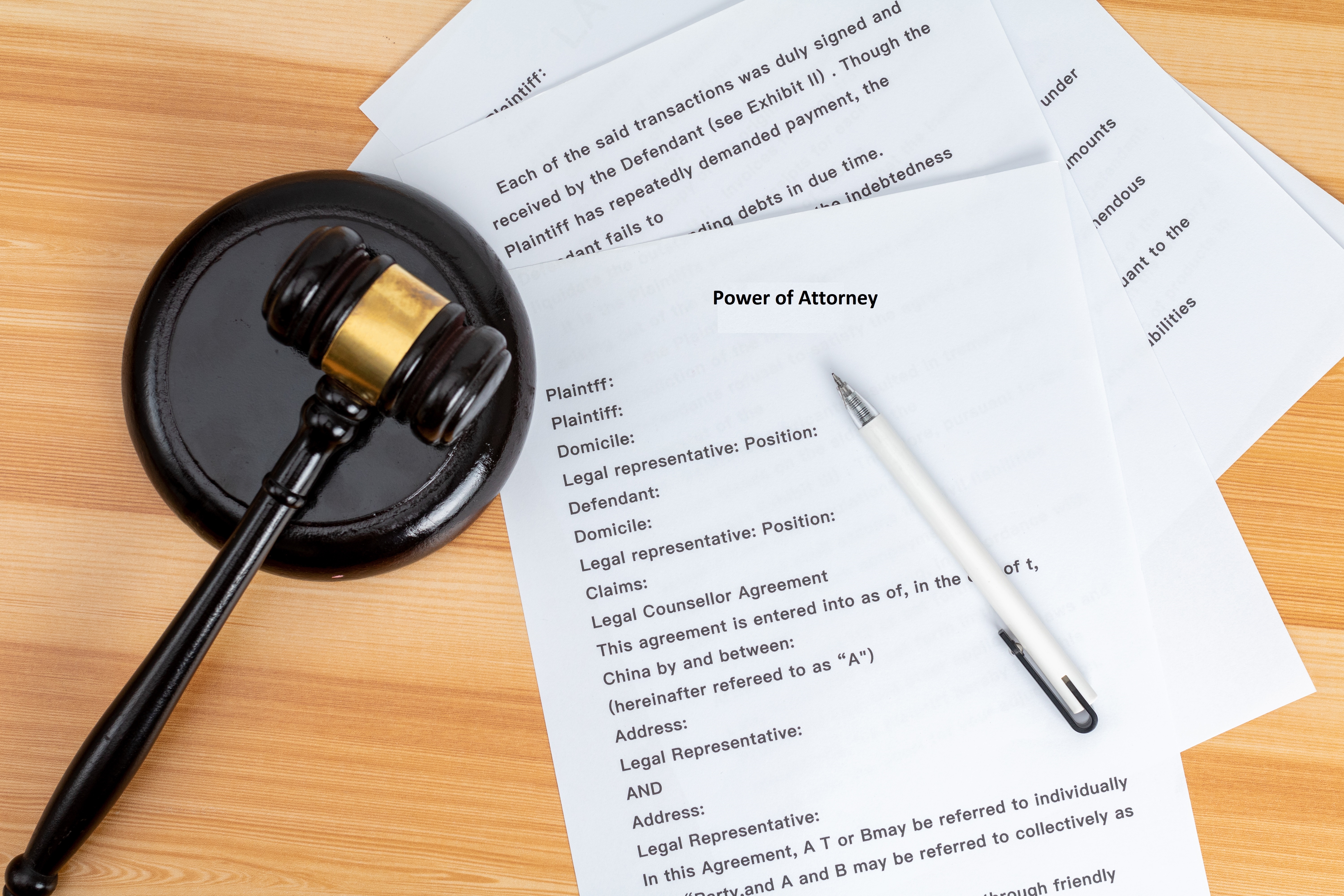
So many countries in the middle east ask for legalization, meaning a legalization of a power of attorney, a legalization for a deed of assignment, or a legalization for a commercial certificate. So what is legalization?
What is Legalization?
According to the dictionary, legalization is the action of making something that was previously illegal permissible by law is legalization. Document legalization, on the other hand, is the process of making a document from one country useable and valid in another country. To legalize a document, the relevant authorities must sign and stamp the document. There are different steps needed to complete the legalization process, and this depends on the country you are based in.
Usually, legalizations are used to prove:
1.The signatory is the authorized representative and is the one who has the right to authorize someone to register a trademark
2.The signature is genuine and signed by the person who is stated on the document
3.The seal of the company is authorized and genuine. The company which will apply to register a trademark, or register a patent or any IP internationally.
4.The document is authentic and was issued by relevant authorities
5.The format of the document is accurate and was issued by the country of origin for IP and trademark registration.
What Are The Steps Taken to Legalize A Document?
The legalization process slightly changes from one country to the other. We have outlined below the overall extensive process for most countries and highlighted which steps are not always required. Below is an example, of legalizing documents from Egypt (country of origin) (Country O) relating to Saudi Arabia (the country we would like to file a trademark in):
Step 1
A notary public (Shahr 3akary) in Egypt checks that the document has been signed by the correct authority or authorities in Country O.
Step 2
The document is sent to the Ministry of Foreign Affairs in Country O (Egypt) to confirm the notary's seal. After approval, a stamp or sticker is placed on the document. This shows the Saudi Authorities that the document has been issued by a competent authority in Egypt.
Step 3
The Saudi authorities at the embassy of Saudi Arabia in Egypt check the document and place another stamp or sticker on it. Even if there is no embassy, a consulate general or an honorary consul can usually provide this authentication.
Step 4
Send the document to Saudi Arabia to be used. Before usage, it has to be locally legalized by the Ministry of foreign affairs in Saudi Arabia.
What Are Substitute Steps To Legalization?
As legalization is extensive, several countries have signed an agreement relating to the acceptance of an Apostille stamp rather than legalization among countries that are signatories to this treaty. The agreement aims to make cross-border trade easier and enables trademark owners to obtain the documents required to secure their rights in a much quicker way. The list of countries that have signed this agreement can be found on the Hague site - https://www.hcch.net/en/instruments/conventions/authorities1/?cid=41
What is Apostille? 
Several countries which are members of the convention that allows Apostille has made the process of cross-border use of documents straightforward by allowing for Apostille. This means that documents are made legal using an apostille stamp. A single stamp from the country of origin is called an ‘apostille’. There are no further steps required after getting the apostille stamp.

